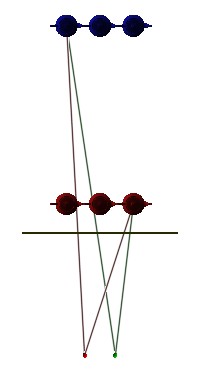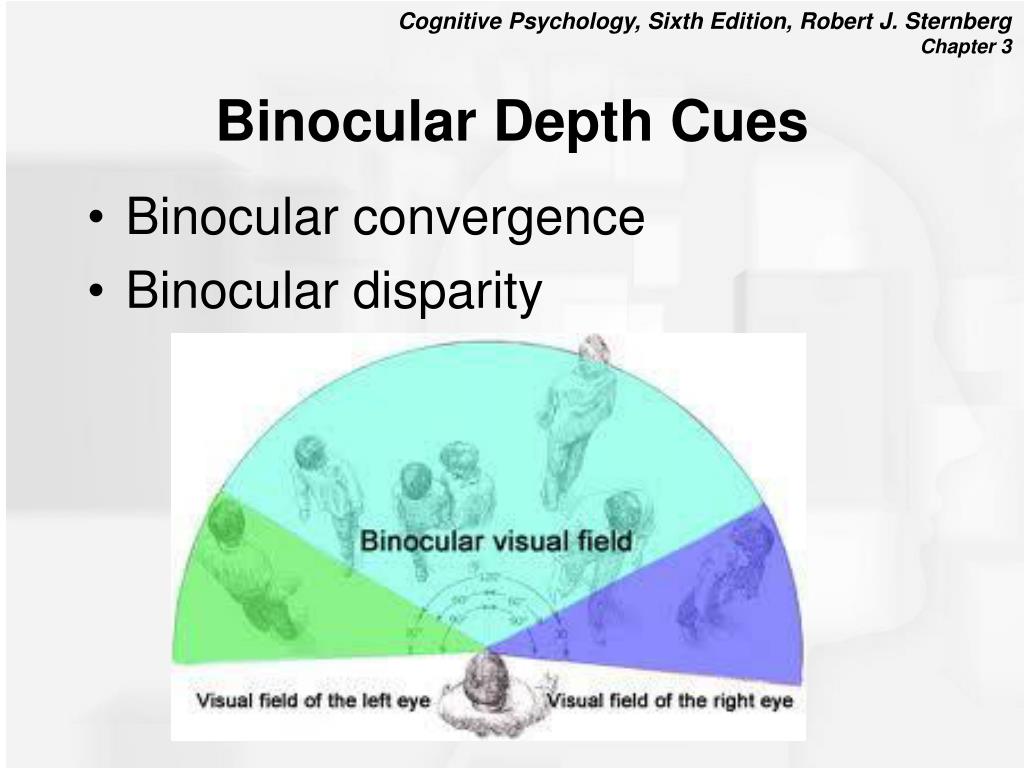

Fine stereopsis is important for fine-motor tasks such as threading a needle. It is typically measured in random-dot tests persons having coarse but no fine stereopsis are often unable to perform on random-dot tests, also due to visualĬrowding which is based on interaction effects from adjacent visual contours. Panum's fusional area) and is therefore also called quantitative stereopsis. It allows the individual to determine the depth of objects in the central visual area ( Fine stereopsis is mainly based on static differences.Coarse stereopsis is important for orientation in space while moving, for example when descending a flight of stairs. It provides the sense of being immersed in one's surroundings and is therefore sometimes also referred to as qualitative stereopsis.


Coarse stereopsis (also called gross stereopsis) appears to be used to judge.There are two distinct aspects to stereopsis: coarse stereopsis and fine stereopsis, and provide depth information of different degree of spatial and temporal precision. 6 Interaction of stereopsis with other depth cues.3 History of investigations into stereopsis.2 Prevalence and impact of stereopsis in humans.It has been suggested that the impression of "real" separation in depth is linked to the precision with which depth is derived, and that a conscious awareness of this precision – perceived as an impression of interactability and realness – may help guide the planning of motor action. Therefore, the term stereopsis (or stereoscopic depth) can also refer specifically to the unique impression of depth associated with binocular vision what is colloquially referred to as seeing "in 3D". Motion parallax (differences in the image of an object over time with observer movement), though the impression of depth in these cases is often not as vivid as that obtained from binocular disparities. The perception of depth and three-dimensional structure is, however, possible with information visible from one eye alone, such as differences in object size and The perception of depth in such cases is also referred to as "stereoscopic depth". While binocular disparities are naturally present when viewing a real three-dimensional scene with two eyes, they can also be simulated by artificially presenting two different images separately to each eye using a method called Disparities are processed in theĭepth perception. These positional differences are referred to as "horizontal disparities" or, more generally, "īinocular disparities". The differences are mainly in the relative horizontal position of objects in the two images. Because the eyes of humans, and many animals, are located at different lateral positions on the head, binocular vision results in two slightly different images projected to the Perception of depth and three-dimensional structure throughīinocular vision, the combined visual information from two eyes. For the genus of fungus, seeĪncient Greek: στερεο-, romanized: stereo-, lit.'solid', and ὄψις, opsis, 'appearance, sight') is the


 0 kommentar(er)
0 kommentar(er)
